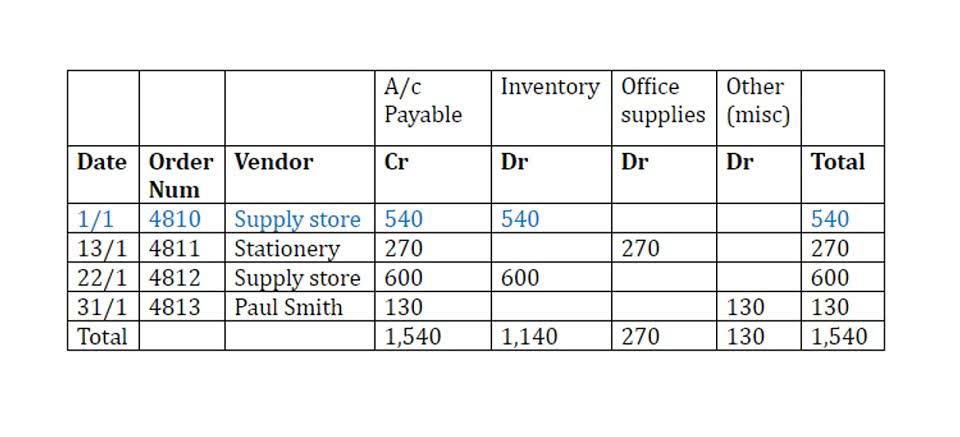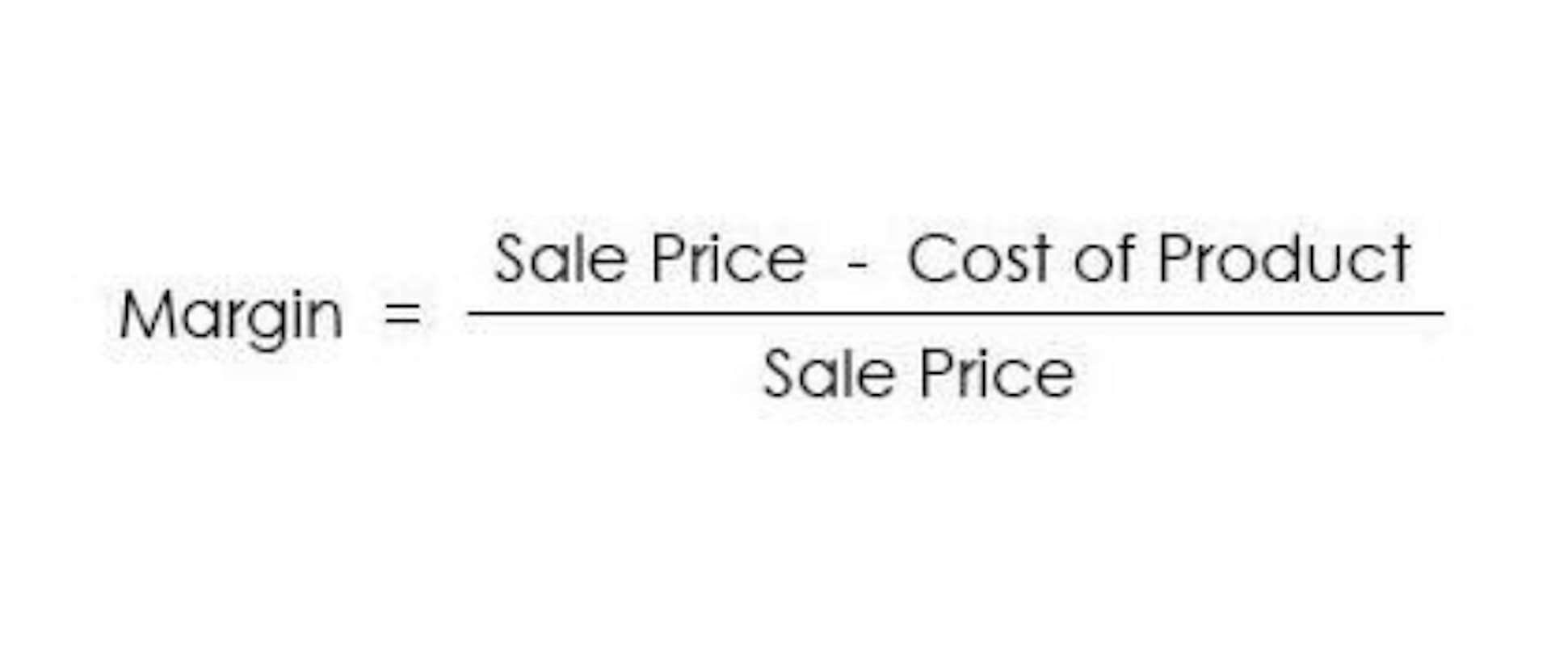
You have locks on your doors and an alarm system (controls, if you will). You see the thief fleeing away, but you don’t know how much you’ve lost. This risk may arise due to any one or both of the two – Clients or Auditors. This risk may be due to two reasons – mistakes/errors or a deliberate misstatement. The lower the DR, the greater the professional effort required by the auditor. GoCardless is https://www.bookstime.com/ a global payments solution that helps you automate payment collection, cutting down on the amount of financial admin your team needs to deal with.
Step 2: Calculate Acceptable Detection Risk
- Conversely, if inherent and control risks are assessed as low, the auditor may be able to perform less extensive audit procedures, resulting in a lower overall audit risk.
- AI takes automation to the next level, acting as a detective that not only identifies risks but predicts them.
- Before we say whether or not audit risk is calculable, let’s see the model first.
- Detection risk is the risk of failure on the auditor’s part to detect any errors or misstatements in financial statements, thereby giving an incorrect opinion about the firm’s financial statements.
- Discover how SearchInform can transform your approach to risk management and make every audit a story of success.
- Therefore, performing such an assessment will require the auditor to possess a strong understanding of the organization’s internal controls.
Each of these components—inherent, control, and detection risks—work together like cogs in a well-oiled machine. The multinational company capitalizes on a myriad of transactions in several currencies. Due to its complexity, the auditors might find it difficult to detect possible misstatements, creating a chance for high detection risk. Audcanable transparency creates a means by which companies must provide truthful financial information to interested parties. In this way, the auditors will then look through the risks economic the financial organisation and have an independent opinion on the financial status of an organization.
- Audits often touch multiple departments, from finance to operations to IT.
- Let’s dive into the challenges that auditors face and uncover how they can turn obstacles into opportunities.
- Your audit team is buried under spreadsheets detailing thousands of transactions.
- But the auditors may fail to detect frauds due to nature of the transaction or limited timing of te audit procedure.
- The auditor evaluates each component and determines appropriate audit procedures to mitigate overall risk.
Crushing Detection Risks: No Mistake Left Undiscovered
- Therefore, the auditor must assess each component and determine an appropriate level of audit procedures to reduce the risk to an acceptable level.
- Organizations must have adequate internal controls in place to prevent and detect instances of fraud and error.
- Detection risk (DR) is the risk that the audit procedures will fail to detect material misstatements which were not caught by the internal controls.
- In this guide, we’ll break down the audit risk model formula, describe its elements, and give an example of how it works.
- Based upon your assessment of RMM, you’ll determine the nature, timing, and extent of your audit procedures.
The third component is detection risk, which represents the risk that auditors may fail to detect material misstatements during audit procedures. Auditors use their professional judgment and various audit techniques to minimize detection risk and increase the likelihood of detecting any material misstatements that may exist. However, there’s some level of detection risk involved with every audit due to its inherent limitations. This includes the fact that financial statements are created with a standard range of acceptable numerical values.

Risk Assessment Calculation Formula

CPA Practice Advisor is the definitive technology and practice management resource for accounting and tax professionals. CPA Practice Advisor has products that deliver powerful content to you in a variety of forms including online, email and social media. When your teams are caught in a grind of manual income summary tasks, fragmented tools, and version-control headaches, chaos often ensues.

Components

It is influenced by factors such as the nature of the company’s business, the complexity of transactions, and financial reporting history. Fraud risk is the risk that financial statements have material misstatements without detection by both auditor and management. For example, the auditor needs to set up a proper audit plan, audit approach, and audit strategy.

Audit Risk Assessment
These conceptual tools play a crucial role in evaluating and managing the risks involved in performing audit engagements. By understanding audit risk models, auditors can ensure accurate financial information for stakeholders while minimizing risk. Materiality is the threshold above which a misstatement is considered significant. The auditor adjusts detection risk based on the assessed levels of inherent and control risks, audit risk model formula with materiality guiding the threshold of what constitutes a significant misstatement. Higher materiality levels can allow for higher detection risk, whereas lower materiality levels require lower detection risk to keep the overall audit risk within acceptable limits. Inherent risk is the risk that a client’s financial statements are susceptible to material misstatements in the absence of any internal controls to guard against such misstatement.
